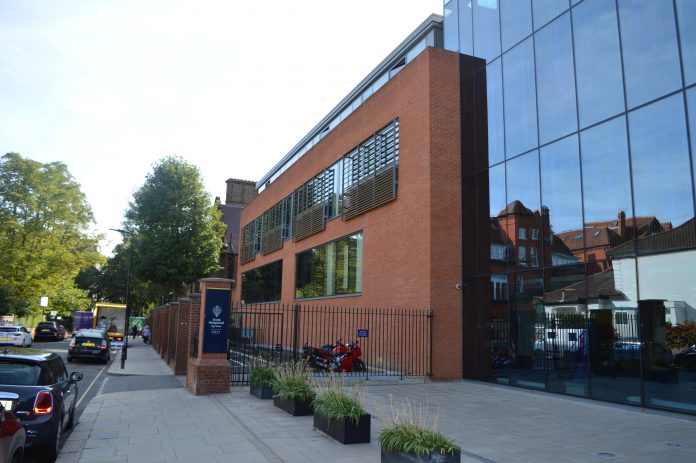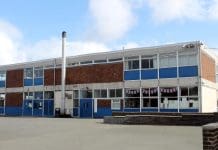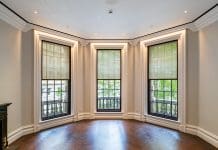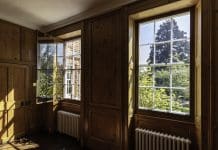Selectaglaze have been recognised for their installation of acoustic secondary glazing at South Hampstead High School in North-West London
Founded in 1876 by the Girls’ Public Day School Trust, the school was originally named St John’s Wood School. The school was later renamed South Hampstead High School in 1887.
South Hampstead High School began a substantial rebuild in 2014, as part of an ambitious 8-year plan which included the transformation of Waterlow Hall (originally constructed in 1988) into an adaptable performing arts centre.
This was a £3 million project which Selectaglaze supported through the installation of acoustic secondary glazing.
Designed by architects Broadway Malyan and Hilson Moran, and constructed by 8build, Waterlow Hall can accommodate up to 12 different layouts and put on professional standard concerts for up to 400 people plus a musical ensemble.
The aspiration for the project was to create a facility that continued to bolster the school’s performing arts legacy while also providing a first-class venue that could be used by both the school and the local community.
As the school is located in a residential area and the surrounding roads carrying fairly high volumes of traffic, noise ingress and egress was a concern, for both those inside and the neighbours.
An acoustic report showed that the internal noise levels within the hall needed to meet Building Bulletin 93 (BB93), which stipulates that performance rooms and multipurpose halls should not exceed 35dB, and ensemble rooms to be no more than 30dB.
Selectaglaze was contacted by 8build to come up with the most practical options of secondary glazing to meet the required acoustic insulation of the large new primary windows, whilst ensuring that they could function properly and look aesthetically pleasing.
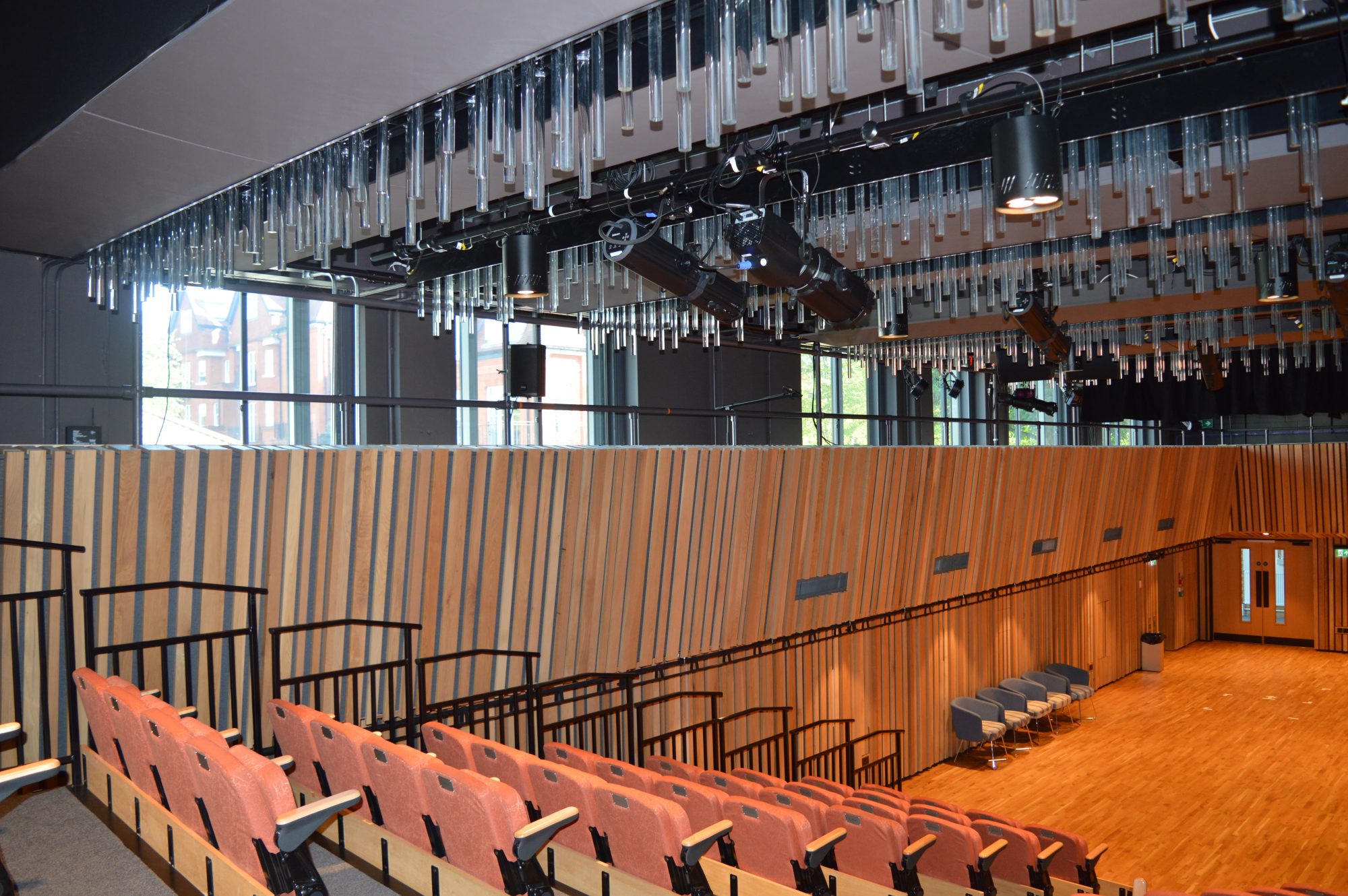
The design
It was agreed that the mid-range Series 15 horizontal slider would be the best choice for the treatment at Waterlow Hall, as it is a more robust horizontal sliding system that allows discrete treatment of larger windows.
Furthermore, it accepts thicker glass when higher noise insulation is needed and was therefore able to accommodate 8.8mm acoustic laminated glass, which was specified in all the units. The new units were predicted to provide a noise insulation of around 46dB when measured in combination with the primary window.
Five Series 15 2-pane horizonal sliders were installed, along with one Series 15 3-pane horizontal sliding unit for a primary window with a wider opening.
The secondary glazing was installed using bespoke timber fixing grounds into which it was fully sealed and secured. The cavity between the existing primary window and the secondary glazing makes a significant difference to the level of noise attenuation.
The primary and secondary windows act as independent barriers to the transmission of noise, the greater the cavity between them, the better the dampening effect of the combined windows. Selectaglaze was able to achieve the largest cavity available to maximise the acoustic benefits.
Sign up for monthly Selectaglaze e-bulletins, with recent updates, new blogposts and events.


